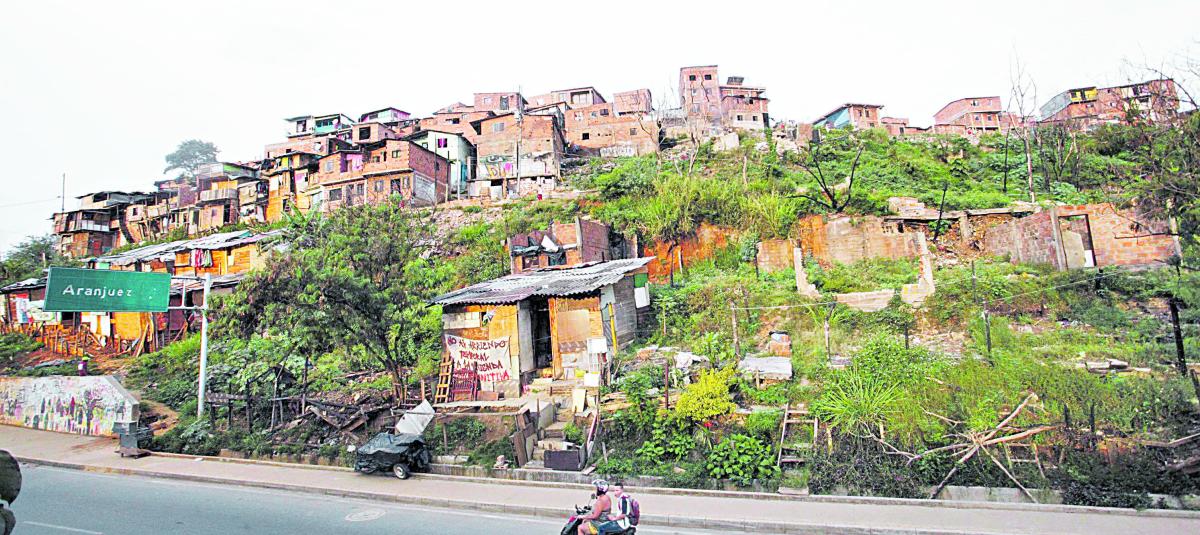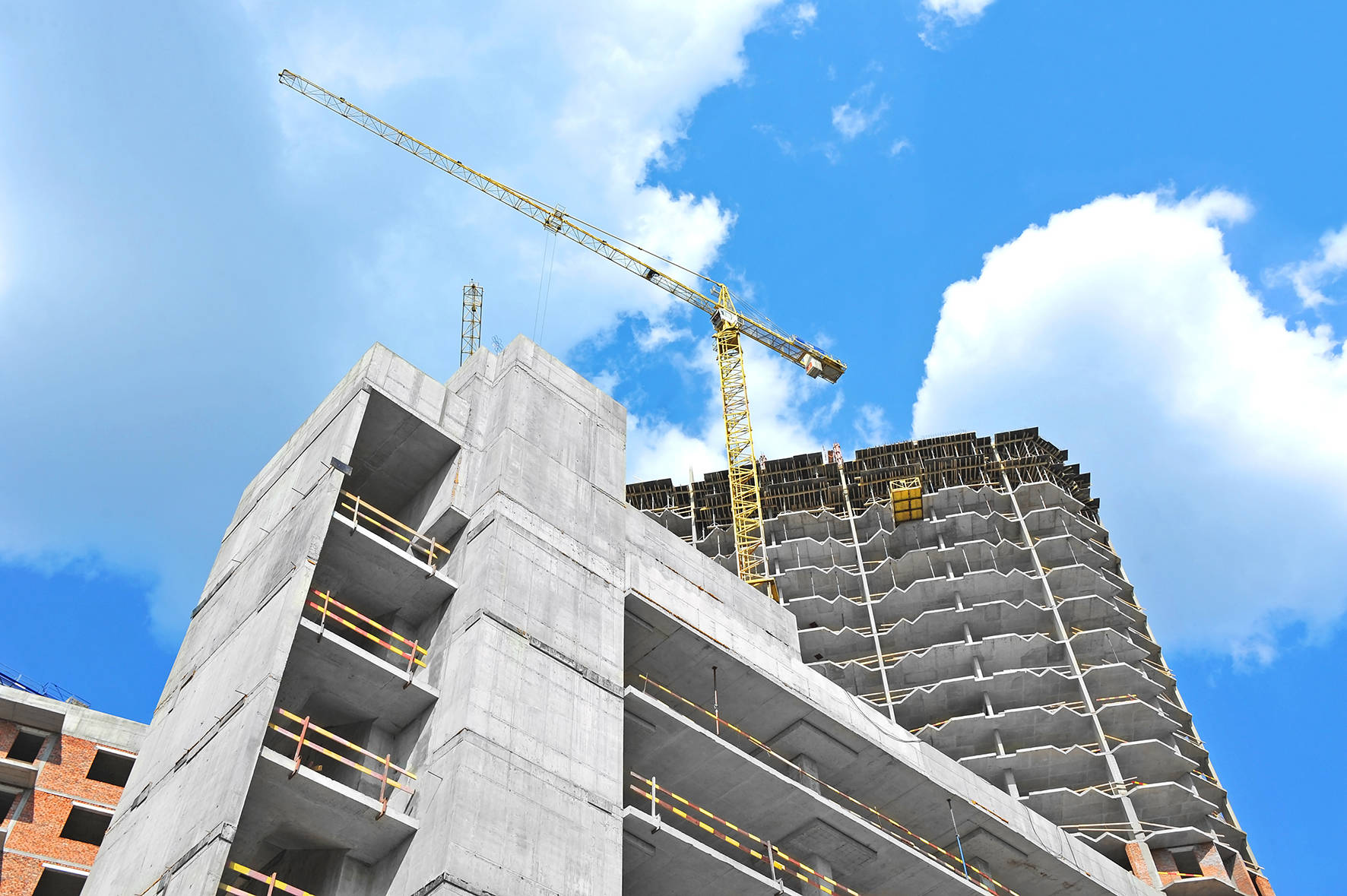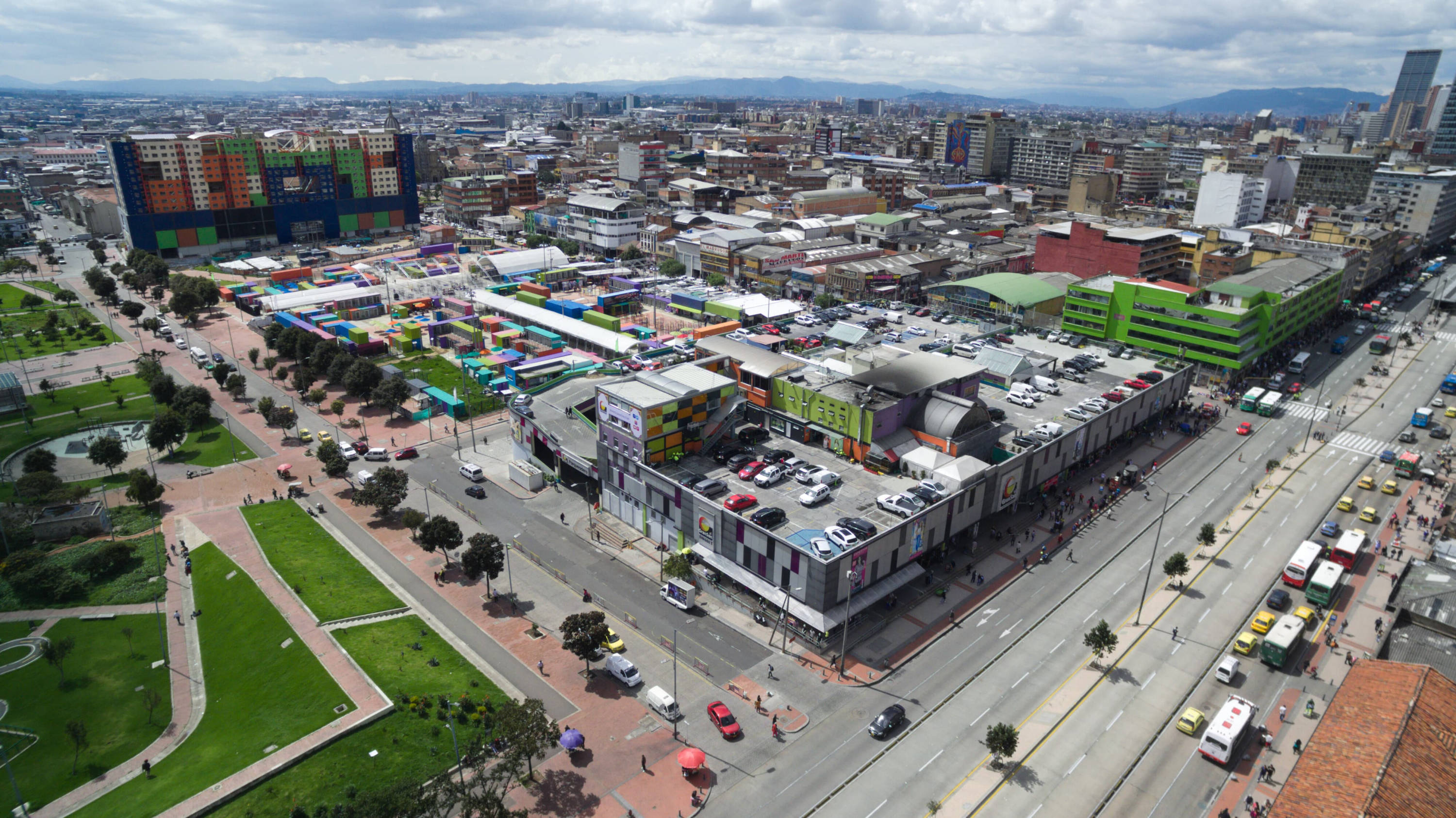'More than 40% of housing in Colombia is informal; we must address this problem': Camacol

By 2035, Colombia would need to build around 4.1 million homes to meet the needs of its population. The question is whether these new constructions will be carried out formally or informally, one of the scourges currently most affecting the sector.

Invasions in Bogotá. Photo: EL TIEMPO Archive.
“The race we have is against urban informality. We must address this problem. 40 percent of housing in Colombia is informal. Informality affects fundamental rights,” stated Guillermo Herrera, president of the Colombian Chamber of Construction (Camacol), at the green congress being held in Bucaramanga.
Overall, the union highlighted that access to formal housing has decreased in just two years. According to its calculations, while in 2022, when Gustavo Petro's administration began, seven out of 10 households were able to access it, today it's only four out of 10, meaning the rest are in the informal sector.
"The only thing informal construction generates is poverty and precariousness. Housing policy cannot give way to informality. More than 1.6 million homes in Colombia lack access to water," Herrera stated.
He also asserted that the future of construction in the country cannot ignore sustainability. Currently, approximately 21 million square meters of buildings, mostly low-income housing, hold the Edge certification, awarded by the International Finance Corporation (IFC), a member of the World Bank Group.

The buildings are certified sustainable. Photo: iStock
As of March, more than 295,000 housing units across the country, spread across 19 regions, had this type of certification. Of these, 72 percent were VIS.
The goal of the Camacol association, which promotes this certification in the country, is for 50 percent of the homes delivered by 2030 to have this certification , representing a total of 428,000.
“Today, we are the number one country in Edge certification, and we have around 25 percent of the square meters worldwide,” Herrera said.
For individuals, living in an Edge-certified home offers benefits such as savings on utility costs. It's estimated that energy and water bills can be reduced by between 20 and 40 percent. Meanwhile, builders enjoy tax benefits and can access differential rates.
Pedro Martínez, co-executive director of Jaramillo Mora Constructora, noted that 100 percent of his projects are now certified. “We have around 20,000 certified housing units, impacting more than 60,000 people. The important thing is to get started and get everyone moving,” he said.

Urban Renewal Center Photo: Urban Renewal Company (ERU)
For architect Eliza Pozo, a guest expert at the conference, cities are places where people live and thrive, and these directly or indirectly influence health, making it necessary to create sustainable and healthy spaces.
"Urban regeneration can ensure healthy lives and promote the well-being of residents of all ages by improving all the social determinants of health, such as air quality, access to green spaces, street safety, and universal access," he said.
Pozo also spoke about the concept of the "15-minute city," which promotes proximity, urban and public spaces, and the quality of life of those who live there.
eltiempo


%3Aformat(jpg)%3Aquality(99)%3Awatermark(f.elconfidencial.com%2Ffile%2Fbae%2Feea%2Ffde%2Fbaeeeafde1b3229287b0c008f7602058.png%2C0%2C275%2C1)%2Ff.elconfidencial.com%2Foriginal%2F03a%2Fc1a%2F83e%2F03ac1a83e076bff03899fae9bdd55a5a.jpg&w=1280&q=100)


